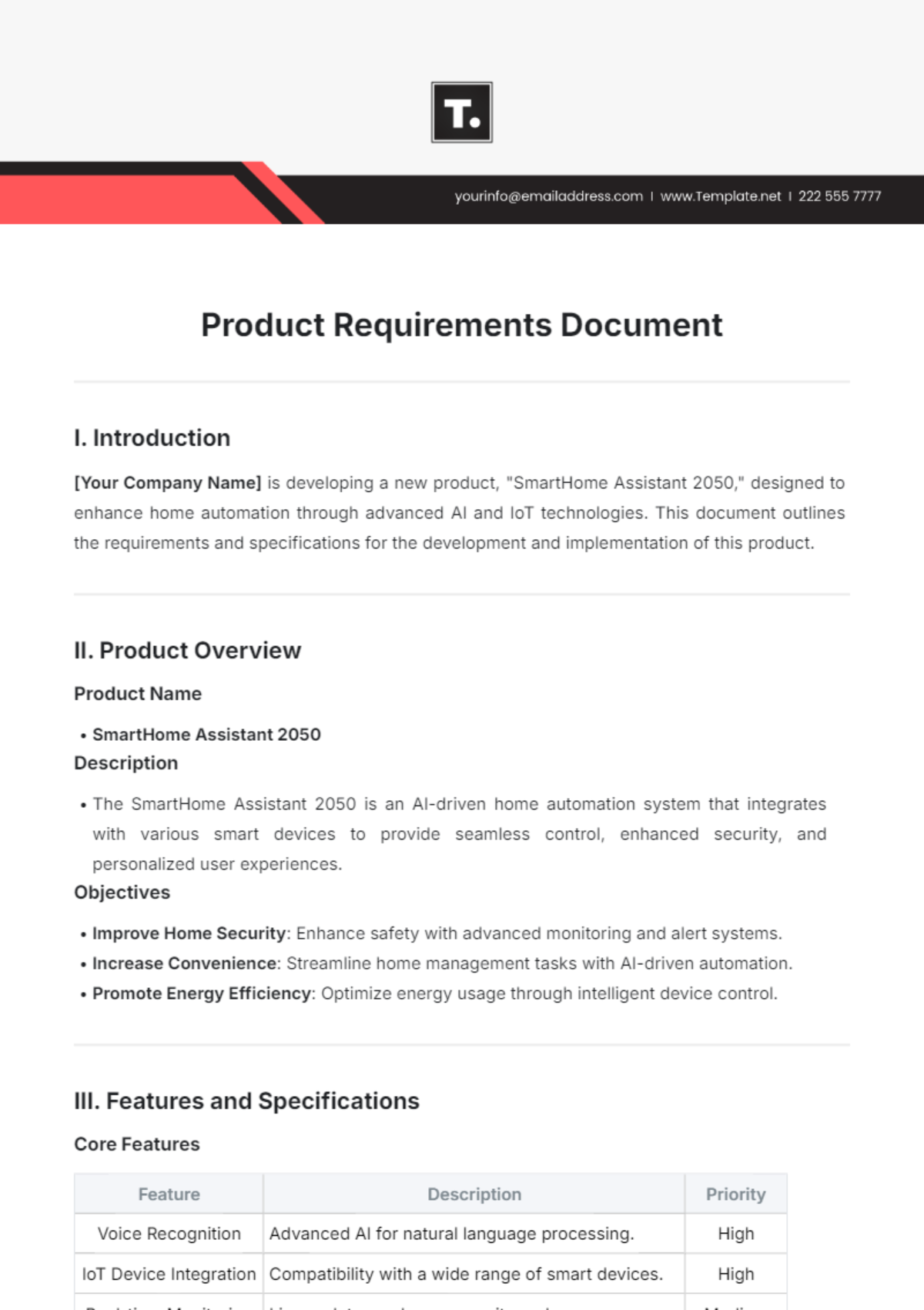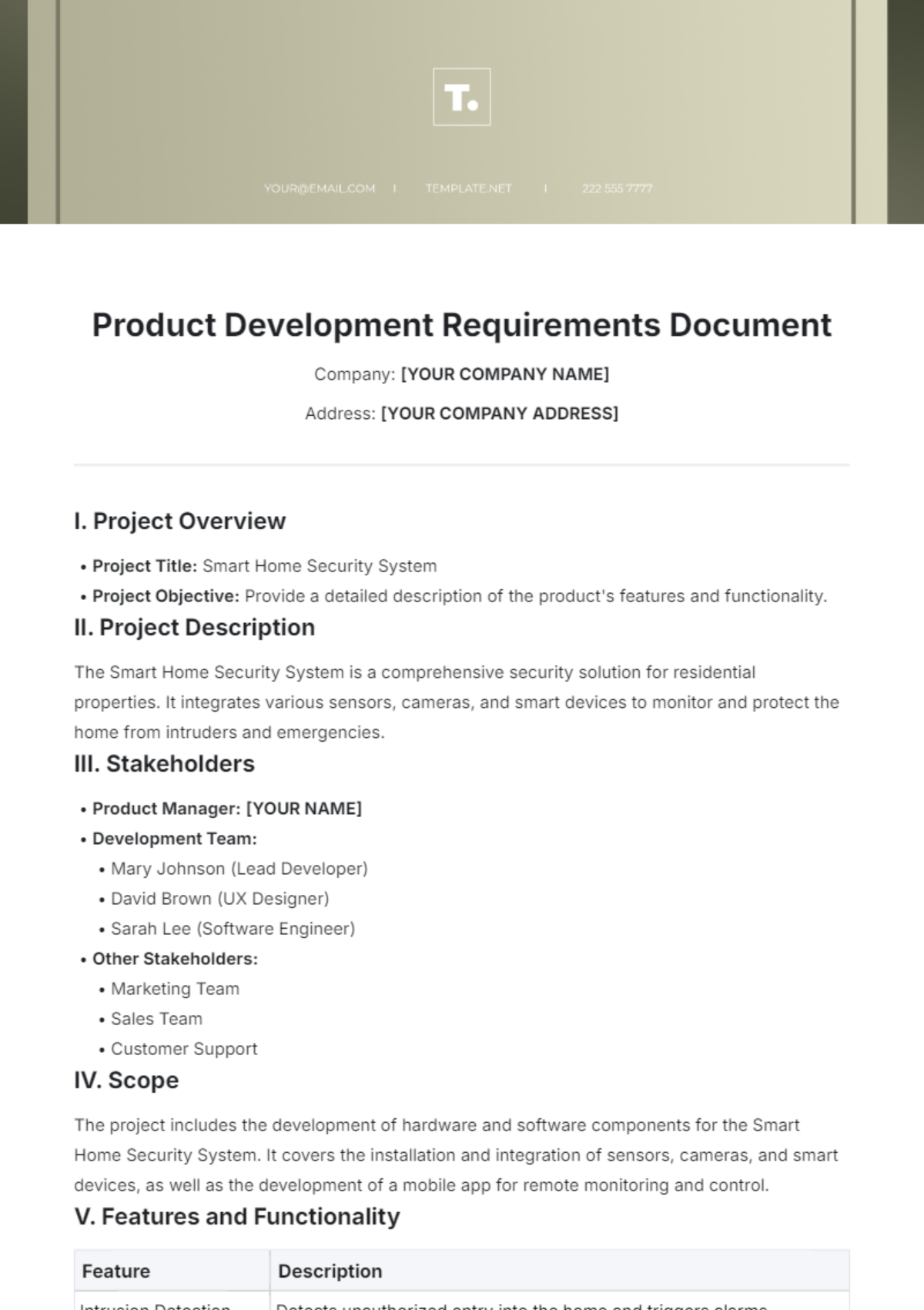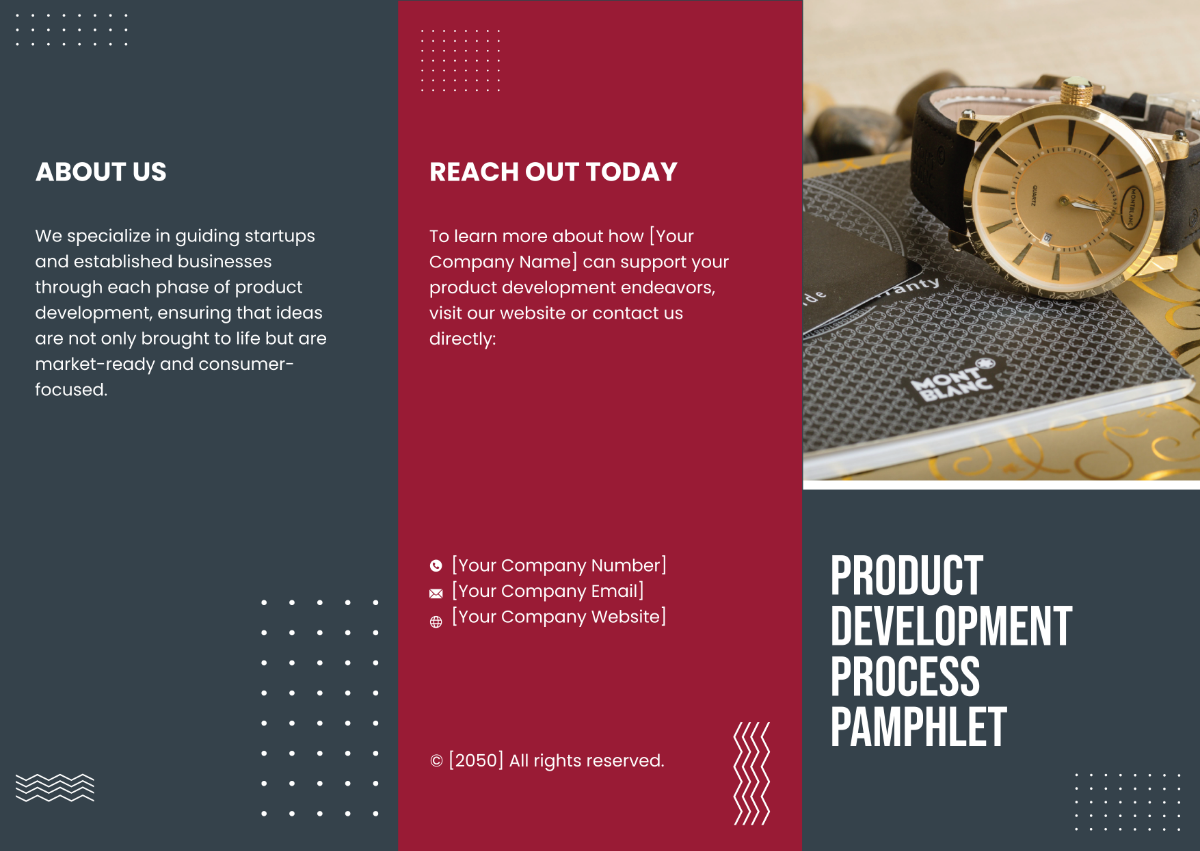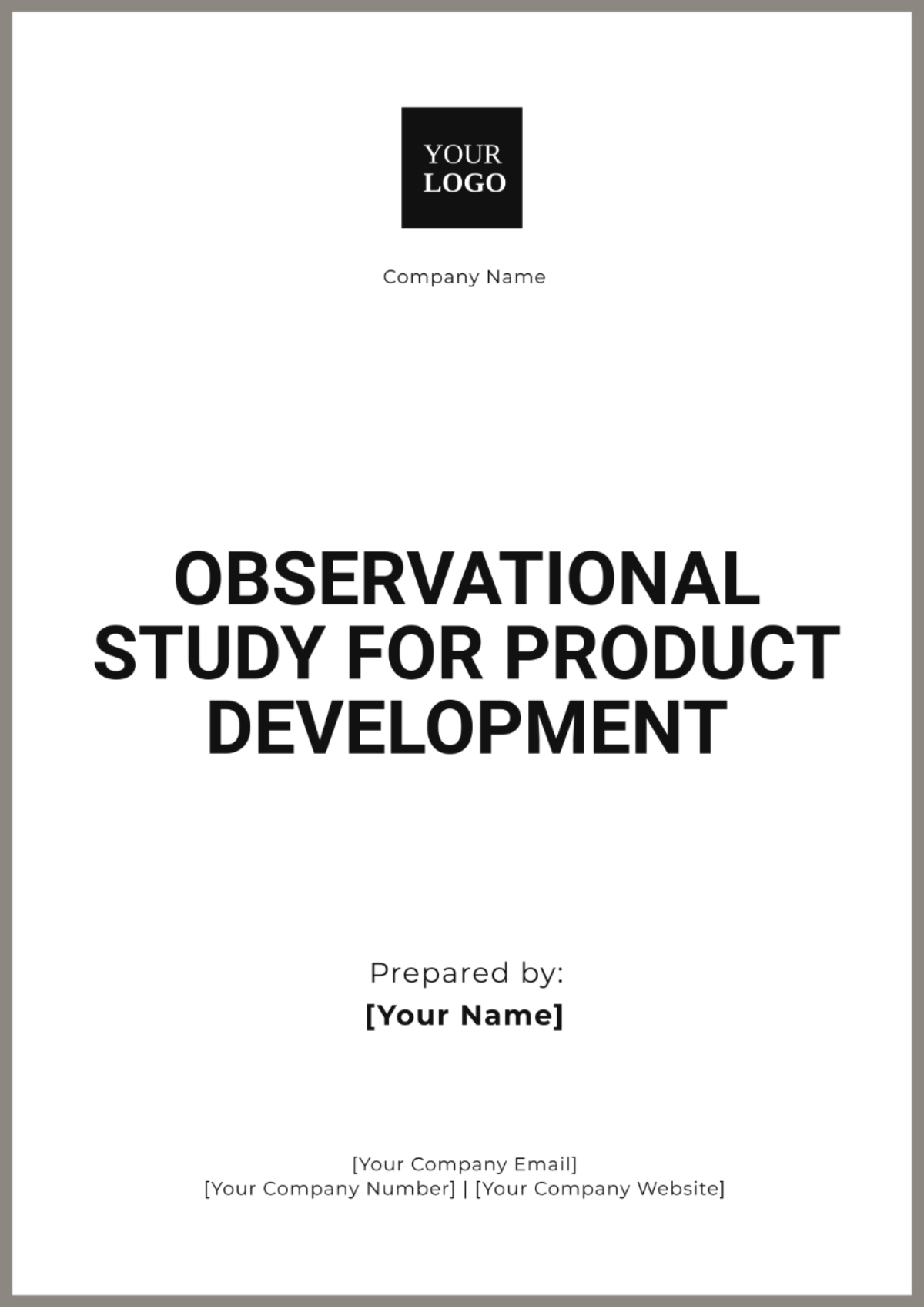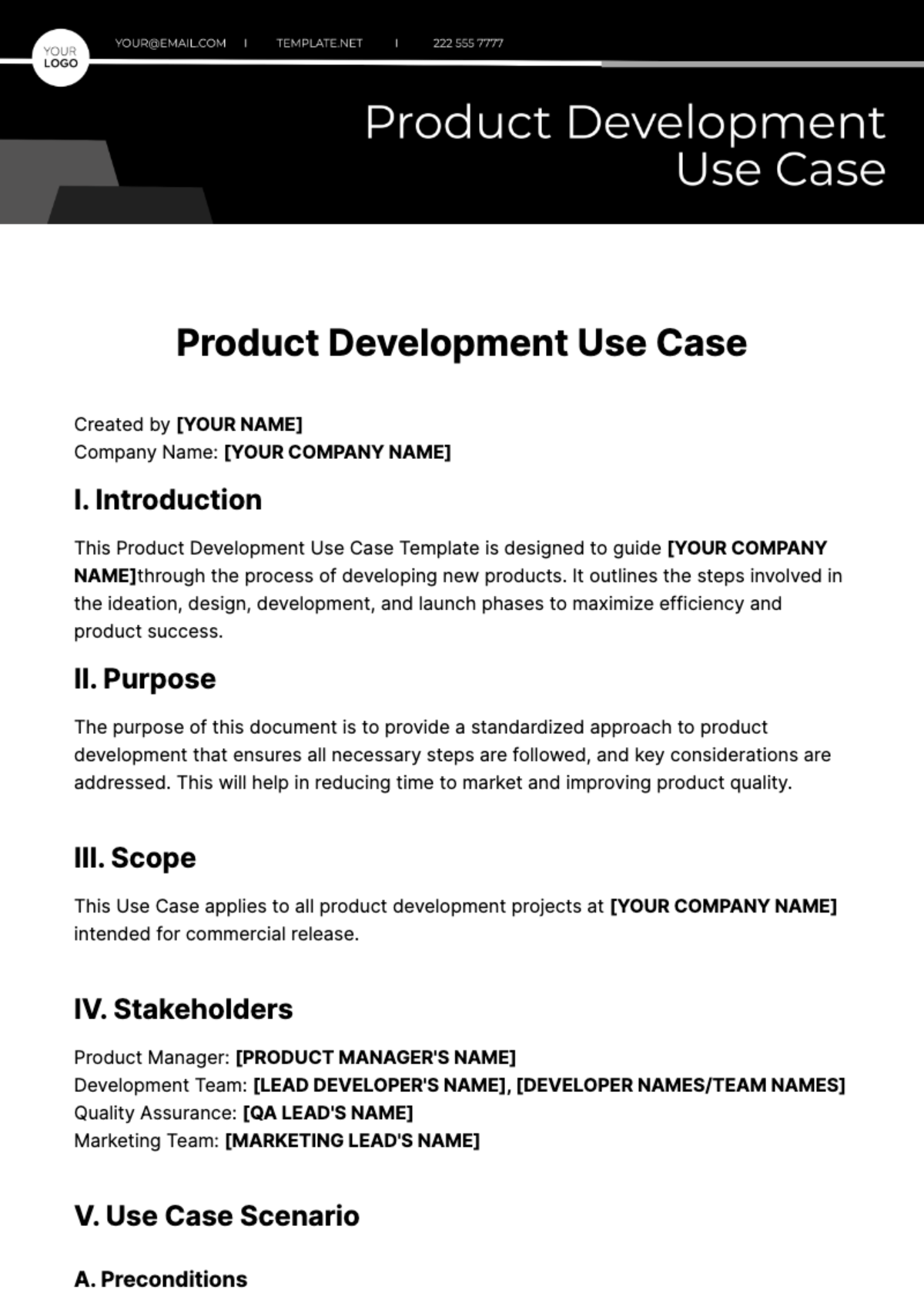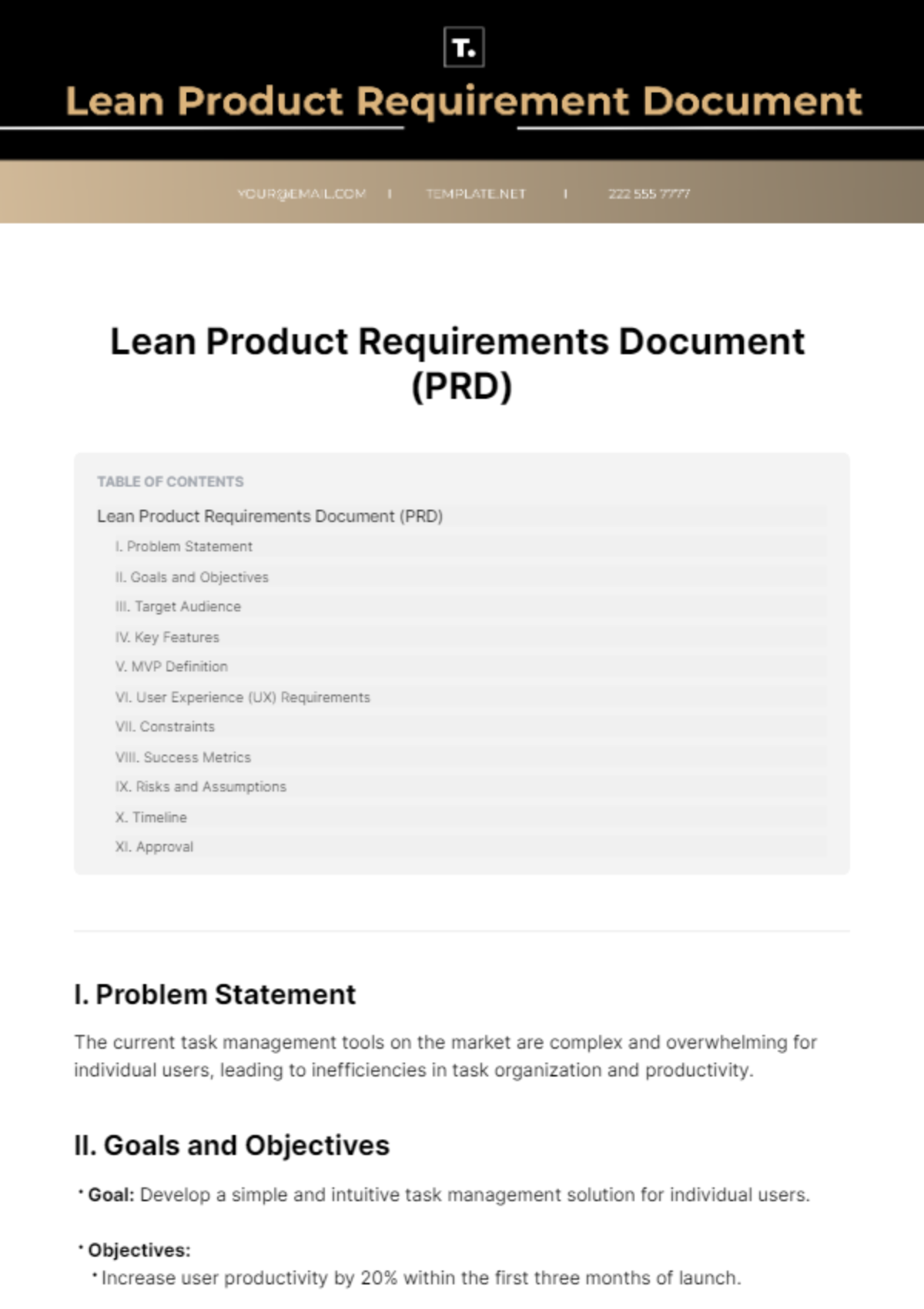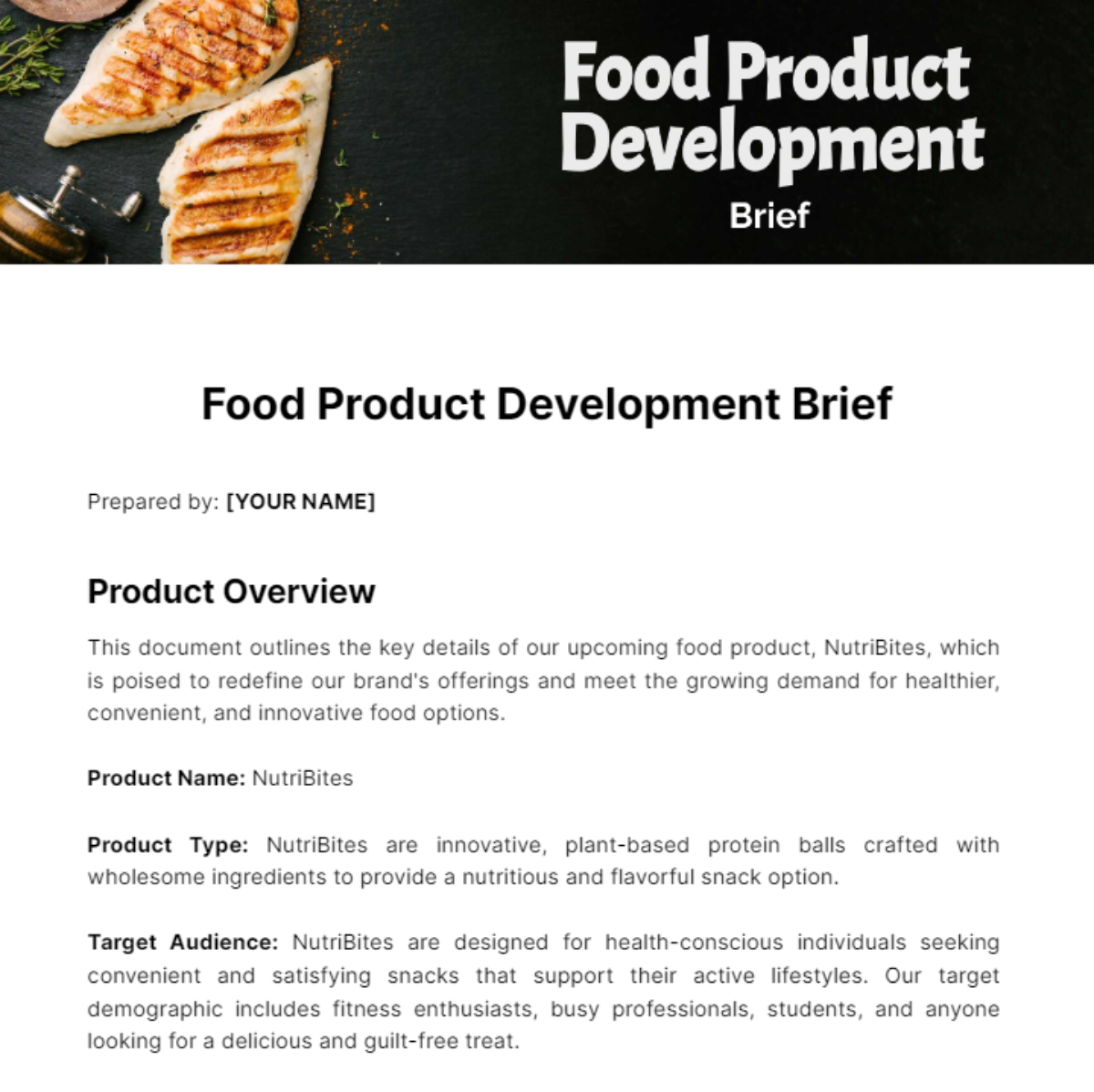Sales Guide on Utilizing Customer Feedback for Product Development
I. Understanding the Value of Customer Feedback
Importance of Customer Feedback
Customer feedback is invaluable for businesses looking to improve their products, services, and overall customer experience. By understanding and acting on consumer insights, companies can make data-driven decisions that result in better product fit, enhanced customer satisfaction, and increased loyalty.
Sample Data and Analysis:
Increased Retention: Statistics show that for every 1% increase in customer satisfaction, there is a 2% increase in customer retention. This can translate to significant revenue gains, considering that increasing customer retention by just 5% can boost profits by 25% to 95%.
Product Improvement: Roughly 80% of products fail to meet customer expectations, leading to returns or loss of brand trust. However, companies that actively engage with customer feedback see a reduction in product failure rates by up to 50%.
Brand Advocacy: Positive experiences led by customer-centric product enhancements result in a higher likelihood of word-of-mouth promotion. Approximately 77% of customers would recommend a company to a friend after having a positive experience.
Types of Customer Feedback
Direct Feedback: This encompasses all feedback that is actively provided by customers, such as responses to surveys, direct emails, and comments on [Your Company Website]. For instance, direct feedback mechanisms might indicate that 65% of customers find a product's user interface intuitive, while 35% struggle with navigation.
Indirect Feedback: This type of feedback is gathered without direct customer engagement and includes insights from social media monitoring, where customers may share opinions freely. For example, analysis might reveal that there are, on average, 120 mentions of [Your Company Name] on social media per week, with 30% expressing a desire for more product features.
Inferred Feedback: This feedback is deduced from customer behavior and product usage patterns. If the data shows that the average use time for a product feature is only 2 minutes when the expected time is 10 minutes, it could infer usability issues or lack of interest.
II. Collecting Customer Feedback
Methods of Collection
Effective customer feedback collection is diverse and multi-channeled to ensure a comprehensive understanding of the customer experience. Below are some refined methods of collection:
Method | Frequency of Use | Customer Reach | Average Response Rate | Actionable Insights Gained |
|---|---|---|---|---|
Online Surveys | Weekly | 500 customers | 20% | Product Usability feedback |
Feedback Boxes | Daily | 50 calls/day | 30% | Direct customer pain points |
A well-structured feedback system is essential for capturing the voice of the customer at various stages of their journey.
Steps for Implementation
Identification of Touchpoints: Determining where customers interact with your products, such as through [Your Company Website], during sales calls, or at physical locations.
Selection of Collection Tools: Deploying tools like embedded feedback forms, post-interaction surveys, and direct call feedback options.
Training Personnel: Educating your staff, especially sales teams, on how to encourage feedback and record it accurately. For example, sales representatives are trained to end calls by asking, "Is there anything we could do better?"
Data Integration: Ensuring feedback data flows into a centralized system for analysis. For instance, feedback received via sales calls might be logged into a CRM platform that is accessible by the product development team.
Feedback Loop Closure: Following up with customers who have provided feedback to let them know how it's being used, which can help [Your Company Name] increase the response rate over time.
Real-World Application
Imagine a scenario where a new feature is released, and through in-app pop-up surveys, [Your Company Name] receives feedback that 60% of users find the feature adds value, but 40% are encountering difficulties. This direct and immediate feedback allows for rapid iterations and improvements. Furthermore, if sales representatives gather that certain features are frequently misunderstood, product tutorials and FAQs can be updated to better meet customer needs.
III. Analyzing Feedback for Sales Insights
Categorizing Feedback
The organization of customer feedback into meaningful categories is critical for actionable insights. It enables the development team to prioritize responses and for the sales team to understand customer sentiments towards specific aspects of the product or service.
Categorization:
Feature Requests: Feedback asking for new features or improvements to existing ones.
Usability Issues: Comments on the product's ease of use or interface difficulties.
Performance Feedback: Opinions regarding the reliability, speed, and efficiency of the product.
Pricing Feedback: Customer thoughts on product pricing and perceived value.
Distribution of Feedback Categories:
Feedback Category | Percentage | Common Themes |
|---|---|---|
Feature Requests | 40% | "Add more customization options." |
Usability Issues | 10% | "The checkout process is too complex." |
Performance Feedback | 20% | "The app crashes occasionally on my phone." |
Pricing Feedback | 30% | "I wish there were more tiered pricing options." |
Quantitative vs. Qualitative Analysis
The feedback should be approached from both quantitative and qualitative perspectives to gain a complete understanding.
Quantitative Analysis
Surveys and Ratings: Convert survey responses into numerical data to spot trends. For instance, a drop from an average product rating of 4.5 to 4.0 can trigger a product review.
Analytics: Use product usage metrics to quantify issues or successes. An example could be a feature that has a user drop-off rate of 20%, indicating potential frustration points.
Qualitative Analysis
Thematic Analysis: Identify common themes or sentiments in open-ended responses. If multiple customers mention that a product is "easy to use," that becomes a selling point.
Case Studies: Dive deep into individual cases where feedback led to significant changes. For example, if a key customer's suggestion led to a feature that is now widely used, it highlights the value of customer input.
IV. Integrating Feedback into Product Development
Incorporating Feedback into the Development Cycle
Integrating customer feedback into the product development cycle is a strategic approach that ensures the product evolves according to user needs and preferences.
Steps for Integration
Feedback Review Meetings: Schedule regular meetings where the development team discusses recent feedback. For instance, bi-weekly reviews could be implemented to analyze the latest customer insights.
Prioritization of Changes: Decide which feedback leads to immediate action and which should be part of long-term strategy. A voting system among team members could be used to democratically decide on priorities.
Prototyping Based on Feedback: Develop prototypes or MVPs (Minimum Viable Products) that incorporate customer suggestions, and then test these versions with a select group of users.
Iterative Development: Use agile methodologies to quickly implement and test changes in the development cycle. For example, if users find a new feature helpful, it can be fully integrated in the next sprint.
Feedback-Informed Roadmapping: Ensure that the product roadmap includes milestones for incorporating feedback to guide the development timeline.
Sample Iteration Timeline:
Development Phase | Feedback Action | Expected Outcome |
|---|---|---|
Initial Concept | Gather general feedback | Concept validation |
Prototype | Test with focus groups | Usability improvements |
Beta Release | Open beta testing | Performance optimization |
Full Release | Post-launch survey | Final refinements for next update |
B. Balancing Feedback with Product Vision
It’s essential to strike a balance between being responsive to feedback and staying true to the product’s core vision. Not all feedback can or should be acted upon; it's about finding the harmony between customer desires and the company's strategic direction.
Considerations for Balance
Feasibility: Assess if feedback is technically and financially viable within the existing constraints.
Alignment with Vision: Ensure changes are not deviating from the original product vision and mission of [Your Company Name].
Market Trends: Weigh feedback against market research to ensure that the changes will be beneficial in the broader market context.
V. Training Sales Teams on Feedback Utilization
Equipping Teams with Feedback Insights
Sales teams equipped with insights from customer feedback can more effectively communicate the value of products and address potential objections. Here's how to leverage feedback in sales processes:
Creating Feedback Repositories
Centralized Database: Build a database that includes categorized customer feedback which can be accessed by sales representatives.
Metrics:
Database Size: Over 10,000 pieces of individual feedback.
Usability: Searchable by keyword, category, and sentiment.
Update Frequency: Real-time updates as new feedback is collected.
Sales Training Programs
Understanding Customer Pain Points: Train sales teams to recognize and address common pain points that are revealed through feedback.
Training Outcome
Reduced Objection Handling Time: Cut down by 30% due to better preparedness.
Improved Customer Conversations: Increase in customer satisfaction scores by 25%.
Feedback-Driven Sales Strategies
Tailored Pitches: Teach sales teams to create pitches that highlight improvements made from customer feedback.
Sample Strategy Implementation
Personalized Demos: Showcasing feature updates that resolved specific customer issues.
Customer Success Stories: Sharing real customer experiences where feedback led to product enhancements.
VI. Marketing and Promoting Feedback-Driven Developments
Showcasing Product Evolution
Marketing's role is to communicate how customer feedback has shaped the product's evolution, building trust and demonstrating commitment to customer satisfaction.
Content Marketing Initiatives
Feature Update Announcements: Highlight new features developed from customer feedback through blog posts, emails, and social media updates.
Sample Content Figures:
Figures | Details |
|---|---|
Email Campaign Reach: | Targeting 50,000 subscribers. |
Social Media Impressions: | Aiming for 500,000 impressions on feedback-driven feature announcements. |
Customer Testimonials
Highlighting Success Stories: Utilize testimonials that speak to how customer suggestions have been implemented, showcasing the brand's responsiveness.
Sample Testimonial Impact:
Impact | Details |
|---|---|
Increased Engagement Rates: | 40% more engagement on posts featuring customer stories. |
Conversion Lift: | 15% lift in conversion rates on pages featuring customer testimonials. |
Leveraging User-Generated Content
Encourage Sharing: Motivate customers to share their experiences with the improved product by running campaigns that feature their content.
Result | Details |
|---|---|
User-Generated Posts: | Over 1,000 posts tagged with #[Your Company Name]FeedbackWin. |
Campaign Reach: | Approximately 2 million total reach from user-generated content. |
VII. Customer Engagement and Retention Through Feedback
Engaging Customers in Continuous Feedback Loops
Building a feedback loop with customers creates a sense of community and shows that [Your Company Name] values their input, fostering loyalty and encouraging ongoing engagement.
Initiatives for Sustained Engagement
Feedback Forums: Create online forums where customers can submit and discuss feedback.
Survey Participation Goals
Quarterly Response Rate: Achieve a response rate of at least 25%.
Customer Satisfaction Score Increase: Improve the score by 10% year over year through actionable survey insights.
Incentivizing Feedback Participation
Rewards Programs: Implement a program that offers discounts or exclusive content in exchange for feedback.
VIII. Measuring the Impact of Feedback on Sales
Setting KPIs Related to Customer Feedback
Defining Key Performance Indicators (KPIs) helps in quantifying the impact of customer feedback on sales and product development.
Sample KPIs | Feedback-Driven Sales: Track the percentage of sales where the customer mentions feedback implementation as a reason for their purchase. |
Target Metrics | Sales Increase: Target a 15% increase in sales attributed to feedback-driven product changes. Customer Retention Rate: Aim to improve customer retention by 5% with feedback-informed sales strategies. Net Promoter Score (NPS): Use NPS to measure customer satisfaction and the likelihood of recommending the product, before and after implementing feedback. |
Analytics and Reporting
Utilizing analytics to track and report on the influence of customer feedback on product development and sales is crucial for ongoing improvement.
Sales and Feedback Dashboards: Create dashboards that correlate sales data with feedback trends.
Real-Time Data: Incorporate live feedback and sales data.
Customizable Views: Enable sales teams to view data by product, region, or feedback type.
ROI Analysis: Conduct regular ROI analysis on changes made due to feedback to ensure they are delivering value.
Break Even Point: Achieve breakeven on new features within 6 months of release.
Profitability Increase: Generate a 10% increase in profitability for products improved through customer feedback.
IX. Conclusion
The comprehensive strategy outlined in this sales guide emphasizes the indispensable role of customer feedback in shaping the offerings and strategies of [Your Company Name]. By meticulously collecting, analyzing, and acting upon customer insights, the company not only fosters product excellence but also builds a robust foundation for customer trust and engagement.
In conclusion, customer feedback is not just a metric of satisfaction but a critical tool for driving sales, product development, and customer loyalty. As [Your Company Name] continues to grow and evolve, this feedback-centric approach will remain a cornerstone of its strategy, ensuring that the company and its customers move forward together in a partnership defined by mutual success and innovation.
